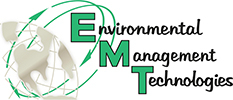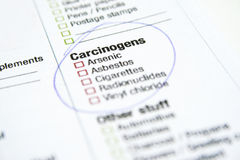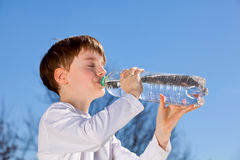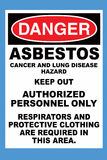According to an article published in The New York Times, the Environmental Protection Agency (E.P.A.) has published a list of 10 of the most toxic threats it will evaluate under the law passed last year.
The new law is intended to crack down on some the world’s most hazardous chemicals.
The 10 chemicals on this list are some of the more prevalent chemicals found today in a variety of industries, including your home and schools.
1. Asbestos:
Not manufactured in the U.S. since 2002, it can still be imported from overseas and is commonly found in brakes, roof tiles, gaskets and insulation that has not been updated.
Asbestos is linked to lung cancer and a rare form of lung cancer called mesothelioma
2. 1-Bromopropane
This organic compound is found in foam-cushion manufacturing, DRY CLEANING, lubricants, refrigerants and agricultural chemical manufacturing.
The solvent can cause nervous system disruptions, loss of consciousness and has been associated with reduced blood cell counts, liver and reproductive toxicity.
3. Carbon Tetrachloride
This clear liquid with sweet odor has been used in refrigeration fluids, pesticides, aerosol cans, cleaning solutions and spot removers-most of which have since been banned.
Carbon Tetrachloride can cause liver and kidney damage, and at high levels of exposure, has even led to fatal brain and nervous system damage.
4. 1,4-Dioxane
Another organic compound that has a myriad of applications, many of them in common household products used every day. Some include antifreeze, deodorants, shampoos, cosmetics, dyes, waxes sealants and adhesives. But most shocking of all is that it is now found in low levels in our drinking water supply.
Dioxane in this form is been deemed “likely to be carcinogenic to humans” by the E.P.A. It may also cause sever liver and kidney damage.
5. Cyclic Aliphatic Bromide Cluster
This may sound like something only a professional chemist would ever come on contact with. But on the contrary, C.A.B.C. is commonly found in plastic, foams and insulation boards in the construction industry. This last application makes human susceptible to this compound through dust in our homes.
Animal tests suggest potential reproductive, developmental and neurological effects.



